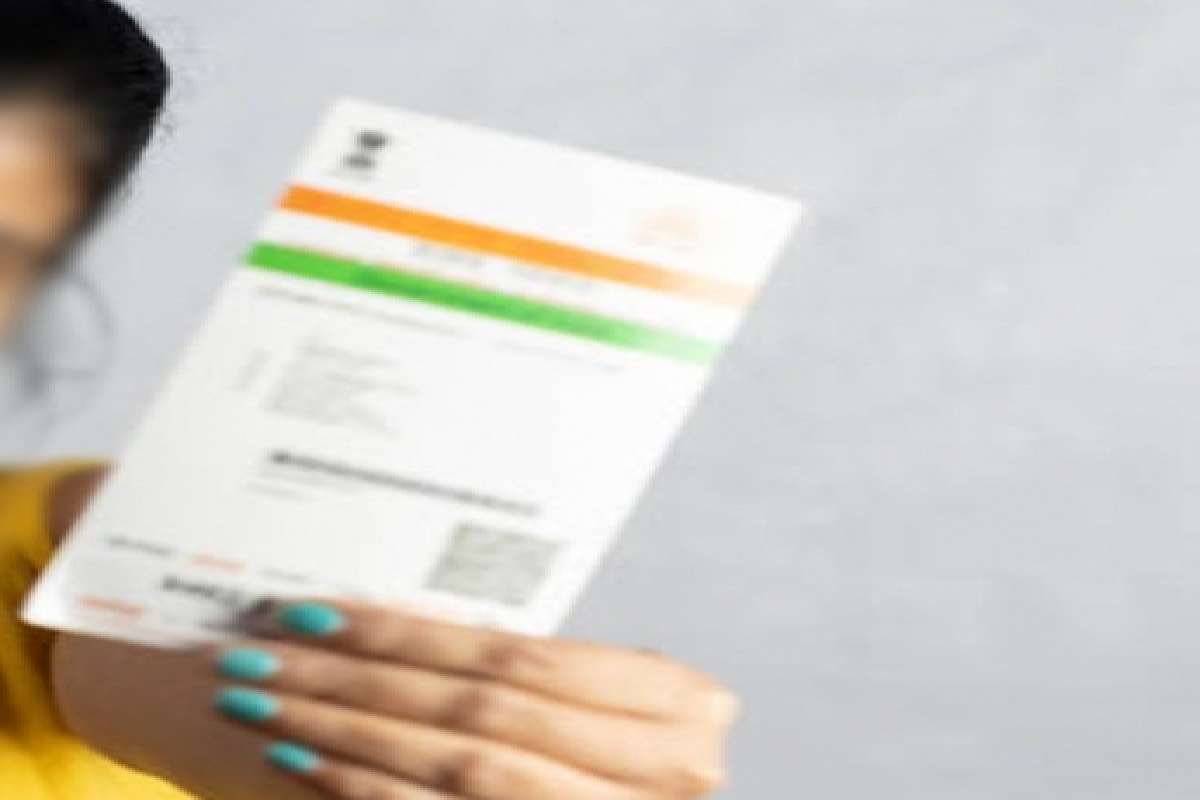Aadhaar usage by people is witnessing continued progress across the country with nearly 28.75 crore e-KYC transactions being executed using Aadhaar in November, a 22 per cent jump over the previous month.
By the end of November, the cumulative number of e-KYC transactions had gone up to 1350.24 crore. The Aadhaar e-KYC service is increasingly playing a crucial role in banking and non-banking financial services by providing transparent and improved customer experience, and aiding ease of doing business.
Advertisement
An e-KYC transaction is executed, only after the explicit consent of the Aadhaar holder, and eliminates physical paperwork, and in-person verification requirements for KYC.
Similarly in November, 195.39 crore Aadhaar authentication transactions were carried out, over 11 per cent more than in October. A majority of these monthly transactions were carried out by using fingerprint biometric authentication, followed by demographic and OTP authentication.
So far, cumulatively 8621.19 crore Aadhaar authentication transactions have been executed by the end of November 2022, indicative of how Aadhaar is increasingly playing a role in good governance and aiding welfare delivery to residents.
Whether it is e-KYC for identity verification, the Aadhaar Enabled Payment System (AEPS) for last-mile banking, Aadhaar enabled DBT for direct fund transfer or authentication, Aadhaar, the digital infrastructure of good governance, has been playing a vital role in supporting the government’s vision of Digital India and enabling ease of living for residents.
The AEPS has been an enabler of financial inclusion for those at the bottom of the income pyramid. Cumulatively, 1591.92 crores of last-mile banking transactions have been made possible via the use of AEPS and the network of micro ATMs by the end of November.
More than 1100 government schemes, programmes and in the country run by both the Centre and states have been notified to use Aadhaar. The digital ID is helping various ministries and departments at the Centre and in states in improving efficiency, transparency and delivery of welfare services to the targeted beneficiaries.











